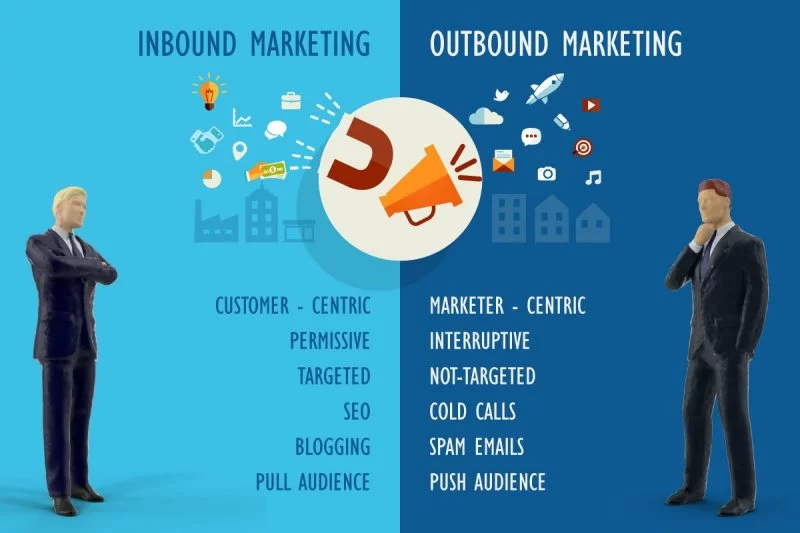Online Brand Profiling and Products Review by the jmexclusives team are limitless. Including, improving your brand and products online search results, reputation awareness as well as online presence representation.
On the other hand, leveraging your online brand profiling and product review creates a general outlook of online business presence awareness. Especially if you have no internal blog writing team to help your brand or products with lead online content generation.
What Is Online Brand Profiling?
As a matter of fact, online brand profiling and product reviews fall under a schematics part of your general website rankings. For instance, if your brand is still new to online marketing and lead campaign analytics. See our general Online Services and Solutions Support.
As an example, an external audit party ingenious create your professional profile and products review online. Particularly for online brand profiling whereas the party points the relevant information to you.
Basic Online Brand Profiling Resources
Online brand profiling is the process of collecting information about Internet users and their online behavior. Including the creation of a profile of their tastes, interests, and purchasing habits.
As a matter of fact, it is a more sophisticated, efficient, and powerful version of traditional demographic segmentation. Not to mention that it is one of the key studies done by marketers. With online profiles, your firm can learn to anticipate individuals’ likely tastes and potential spending desires. Identically, allowing your marketing and web presence strategies to capitalize on them.

As a matter of fact, The jmexclusives Team will help you design and build your online brand profile. Whether you wish to build a reputable website or even design custom specific social media profiles. For one thing, having your brand presence both on a website and social media platforms increases your customers’ trust.
Indeed, the majority of online visitors and product consumers have to compare your content quality with your competitors before making final decisions. Therefore, it is always important to give your visitors, potential customers, and clients a good feeling of your business undertakings.
The Process of Online Brand Profiling
As can be seen, online brand profiling is catalyzed by several design, development and publishing stages. Which helps you to build an effective brand and customer profile. With this in mind, the first thing you need to do is design a database.
Particularly one that can put the information gathered on your customers to profitable use. Such a database will organize the data you gather and help you draw conclusions about your customers’ behavior and interests.

On the other hand, the design stage involves creating categories of information pertaining to your customers. In the hope that you’ll be able to identify how those categories relate to each other. By all means, these categories will allow you to quickly manipulate and aggregate data in your analysis.
In the end, you want to systematize the data so you can make reasonable predictions about customers’ tastes and needs. Below are more tangible elements during your online brand profiling.
1. Online Brand Profiling Data Collection
In detail, you can use either reactive or nonreactive methods to collect Internet data on your customers. Reactive means that the customer is aware the data is being collected, allowing him or her to react in some way. On the other hand, nonreactive data collection proceeds without customer knowledge. However, there are advantages and disadvantages to each approach.
2. Collecting Data with Customers’ Knowledge
Markedly, by collecting customer data with their knowledge, you build a relationship of trust with your clients. Surprisingly, this can perhaps develop a more cooperative and comprehensive interaction with them over time. Significantly, the knowledge that data is being collected may cause customers to curtail their natural surfing habits or avoid online shopping.
3. Collecting Data without Customers’ Knowledge
Nonreactive data collection, meanwhile, has the advantage of appearing less intrusive. Which means that customers have no impetus to change their behavior. However, collecting and using customer information in secret poses ethical and potential public-relations difficulties. Chiefly, as a result, it can damage your firm’s reputation and make customers wary of your site.
Data Collection Methods During Online Brand Profiling
1. Your website key files
During online brand profiling, you can collect nonreactive customer information in a variety of ways. Many firms maintain Web log files, the records of all requests for pages or files on your site. Additionally, you can also find information using a common gateway interface (CGI) files. The common gateway interface is based on a protocol designed to communicate with Web forms. Recording the kinds of services and products requested by the user.
2. Use of Custom or Tailor-made software
One of the more elaborate methods is to use software applications designed specifically for online profiling such as cookies. To point out, web cookies gets placed on the users’ computer whenever they execute a task. The files can help you identify which pages a person visits and how often. From these practices, you can reach some general assumptions about customers’ online behavior. Frequently tailoring your marketing schemes accordingly.
The Reactive Data Collection Method
During your online brand profiling process, you can utilize the use of reactive data-collection methods. The reactive data collection method involves you requesting information from the user. Including,
- e-mail address,
- location address
- and other personal related details.
In addition, you can ask descriptive questions to obtain information on shopping habits, income, sex, education, occupation, and other sociographic data. The U.S. Federal Trade Commission (FTC) in 2000 issued a report on general online profiling.
Generally speaking, a call for the best-informed practice based on five “core fair information practice principles.“Including, notice, choice, access, security, and enforcement.
According to the report;
- Web sites need to disclose their profiling practices.
- Consumers should have the chance to opt-out of the practice or have a say in how the information is used.
- The user gets access to their profiles after providing the required information.
- It is recommended for the user profiles to be secured from unauthorized access.
- Enforcement mechanisms should be in place to ensure that Web sites meet their own requirements regarding their profiling practices.
Online Brand Profiling Overall Concerns
Inasmuch as online brand profiling is concerned, customer profiling does come with various pitfalls. As with many activities related to the Internet, customers and other web users are often worried by businesses that engage in online profiling. By all means, they see such practices as a violation of their privacy. Moreover, privacy policy concerns are among the chief factors limiting e-commerce.
Whereby, customers refrain from making purchases online lest the transmission of personal or financial data is taken out of their control. So to say, imaginary and potentially falling into unwelcome hands. This, in turn, can tarnish your company’s reputation and diminish your customers’ trust.
Summing Up,
In conclusion, it is extremely important to be open about your profiling practice. This will help you avoid any suspicion of impropriety, while also clearly explaining your profiling policy to your customers. Of course, by so doing, your customers feel safe shopping from you and giving out their personal information on your website.
Many companies include a link on their Web site to their privacy policies. The most compelling evidence is that the policies spell out exactly what will and will not be done with the accumulated information. You can Contact Us or even share your questions, contributions and more research articles in the comments box below. See additional and useful topic links below.
- Cs Design Works: Marketing in the Modern Day
- Affiliate Marketing Programs » Beginners Guide
- Search Engine Optimization » Beginners Guide
Get Free Updates
Notice: All content on this website including text, graphics, images, and other material is intended for general information only. Thus, this content does not apply to any specific context or condition. It is not a substitute for any licensed professional work. Be that as it may, please feel free to collaborate with us through blog posting or link placement partnership to showcase brand, business, or product.




